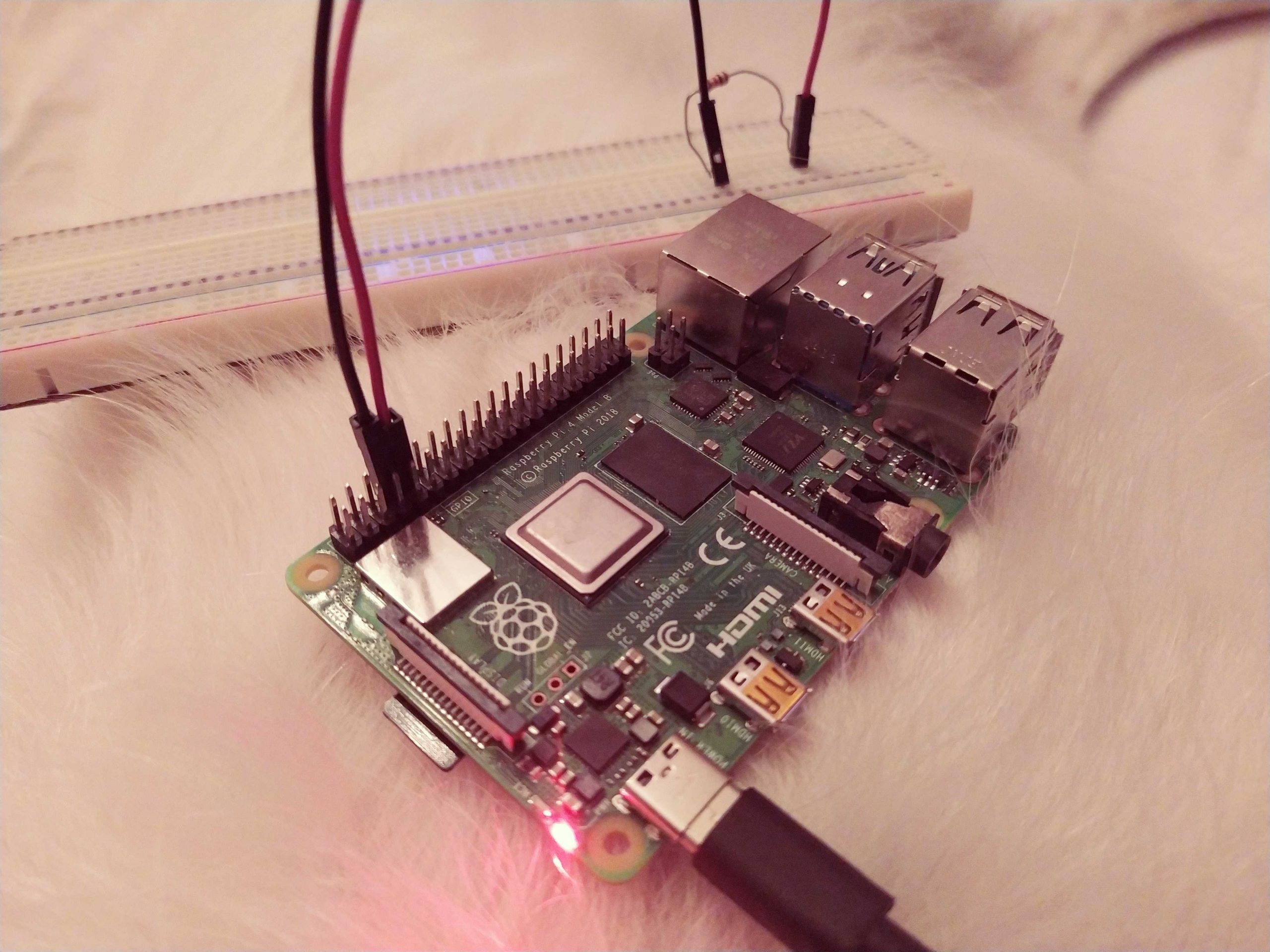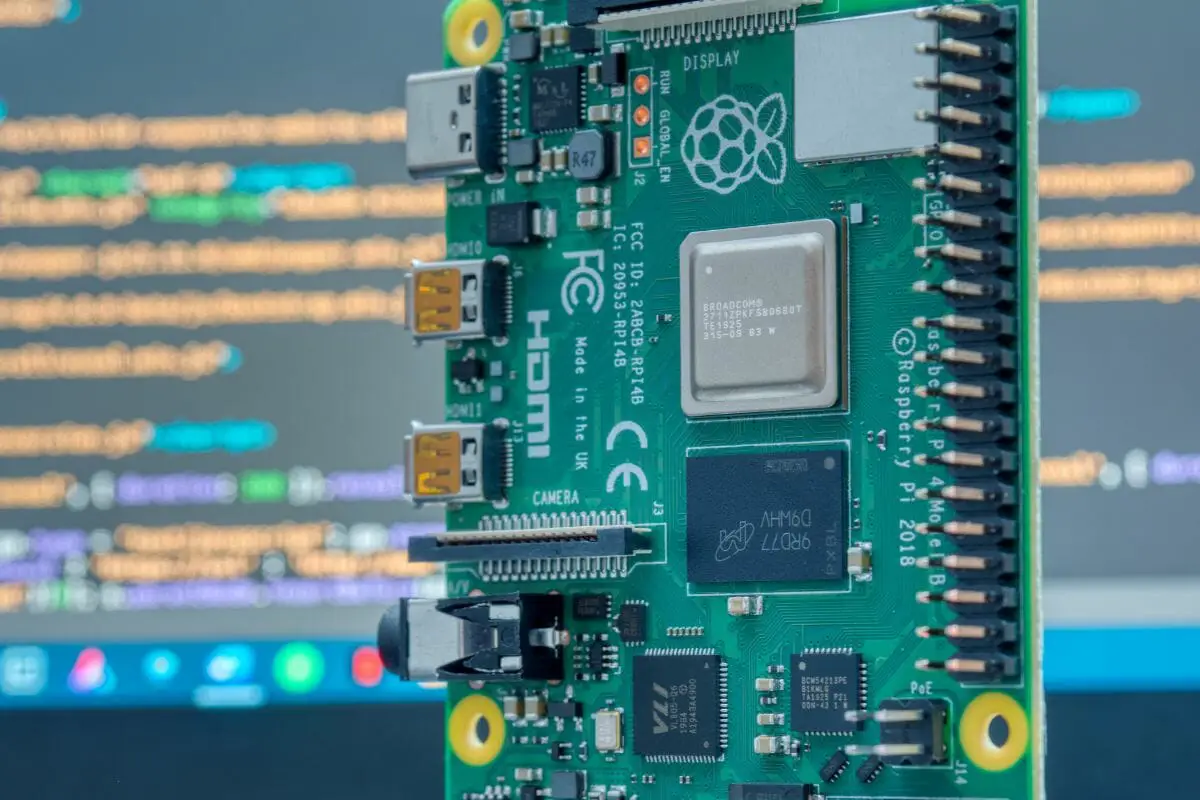Raspberry Pi Firewall: Protect & Allow Ports (Easy Guide)
Is your Raspberry Pi a gateway to potential vulnerabilities? The answer is often a resounding yes if you haven't implemented a robust firewall. A well-configured firewall is not just a good practice; it's a fundamental necessity for safeguarding your device and the data it holds.
In an era defined by constant connectivity, the humble Raspberry Pi has evolved from a hobbyist's toy into a versatile powerhouse. It powers everything from home automation systems and media servers to sophisticated IoT projects and even complex server applications. However, this versatility comes with a significant responsibility: the need for robust security measures. Without them, your Raspberry Pi becomes a target. This guide aims to provide a comprehensive understanding of Raspberry Pi firewalls, focusing on how to effectively manage them and, most importantly, allow specific ports for the services you need while keeping your device secure.
Whether you're a seasoned network administrator or a curious beginner, securing your Raspberry Pi is paramount. The information presented here is designed to be clear, concise, and actionable, equipping you with the knowledge to fortify your device against a wide range of threats. From basic configurations to advanced techniques, we'll explore everything you need to know to create a secure environment.
- Janice Nichole Nude Leak The Full Story Her Response
- Jenna Yeh Her Story Achievements You Need To Know
Here is the data:
| Category | Details |
| Concept | Raspberry Pi Firewall Configuration |
| Objective | Securing a Raspberry Pi device by implementing a firewall and controlling network traffic. |
| Target Audience | Users of Raspberry Pi devices, system administrators, home network enthusiasts, and anyone seeking to improve the security posture of their Raspberry Pi. |
| Key Topics | Firewall fundamentals, Firewalld installation and setup, allowing specific ports, best practices for securing a Raspberry Pi, troubleshooting common issues, advanced configuration options, and practical examples. |
| Expected Outcome | A securely configured Raspberry Pi firewall that allows necessary traffic while preventing unauthorized access, protecting the device and its data. |
| Reference | Raspberry Pi Documentation |
The cornerstone of any robust security strategy for a network-connected device is a firewall. This is especially true for the Raspberry Pi, a device often deployed in environments that demand heightened security. A Raspberry Pi firewall acts as a gatekeeper, carefully scrutinizing every piece of incoming and outgoing network traffic. It makes decisions based on a set of predefined rules, determining whether to allow, block, or redirect traffic based on the port, protocol, and source or destination IP address. This control is vital because it limits the potential attack surface of the device. By only allowing specifically authorized traffic through designated ports, you effectively close the doors to unauthorized access attempts.
The flexibility of the Raspberry Pi is a double-edged sword. It can be used for a multitude of purposes, each with its own security requirements. A web server needs to allow traffic on port 80 (HTTP) and 443 (HTTPS). An SSH server requires access on port 22 for remote management. A media server might need various ports open for streaming. Properly configuring your Raspberry Pi firewall is not simply about enabling a firewall; it's about understanding your needs and implementing rules to support those needs while maintaining a secure posture.
One of the most common and crucial tasks is allowing specific ports. This involves configuring the firewall to permit traffic to and from specific ports that your applications and services rely on. For instance, if you are hosting a website, you will need to open ports 80 (for HTTP) and 443 (for HTTPS) to enable access to your website. The process for opening these ports can be done with a command-line tool called Firewalld.
Firewalld, or Firewall Daemon, is a powerful dynamic firewall management tool commonly used on Linux systems, including the Raspberry Pi. Its key advantage lies in its ability to manage firewall rules dynamically, without requiring the firewall service to be restarted every time a change is made. This dynamic nature is important because it allows administrators to make rapid adjustments to the firewall rules, making it possible to respond to changing security needs. Firewalld is also known for its support for both IPv4 and IPv6 protocols, catering to both modern network configurations. Furthermore, the application is designed to simplify the configuration of complex firewall rules. The key lies in the support for zones.
Zones, in Firewalld, are a powerful feature that enables administrators to define different levels of trust for various networks. They simplify the application of different rules based on the network your Raspberry Pi is connected to. For instance, you might set up a trusted zone for your home network, where you can trust the devices connecting. Another public zone could be used for external networks, with more restrictive rules.
Let's delve into the benefits of using Firewalld for your Raspberry Pi:
- Dynamic Rule Management: Firewalld facilitates the creation and modification of firewall rules without the need to restart the firewall service, ensuring continuous network operation.
- IPv4 and IPv6 Support: The tool seamlessly supports both IPv4 and IPv6 protocols, offering full compatibility with modern network standards.
- Zone-Based Configuration: Zone-based configuration is the key to making firewalld flexible. This allows you to define security zones to address varying network environment scenarios. This makes it easy to apply different rules based on the network your Raspberry Pi is connected to.
- User-Friendly Command-Line Interface: The command-line interface is straightforward, allowing users to make changes to the firewall rules.
- Systemd Integration: Firewalld is designed to work well with systemd, making system management more efficient.
Before configuring the firewall, it is important to install and set up Firewalld. Here's how:
Step 1
Firewalld can be installed with one simple command. Open a terminal on your Raspberry Pi and run the following command:
sudo apt update
sudo apt install firewalld
Step 2
Once Firewalld is installed, start the service and enable it to launch automatically on boot. Run the following commands in the terminal:
sudo systemctl start firewalld
sudo systemctl enable firewalld
Step 3
Verify that Firewalld is running correctly. Use the command below to check its status:
sudo firewall-cmd --state
Once Firewalld is set up, allowing specific ports becomes easy to handle. Here is how:
Step 1
Use this command to add a port to your firewall:
sudo firewall-cmd --add-port=port_number/protocol --permanent
Replace the "port_number" with the appropriate port number, and "protocol" with either "tcp" or "udp". For example, to allow HTTP traffic on port 80:
sudo firewall-cmd --add-port=80/tcp --permanent
Step 2
Apply the changes by reloading Firewalld:
sudo firewall-cmd --reload
Step 3
Make sure the port was added correctly using:
sudo firewall-cmd --list-ports
While setting up a Raspberry Pi firewall is crucial, there are other best practices you should be aware of:
- Strong Passwords: Use strong, unique passwords for all accounts, especially for the "pi" user and any other administrative users.
- Two-Factor Authentication: If possible, enable two-factor authentication (2FA) for SSH access to add an extra layer of security.
- Regular Updates: Keep your operating system (Raspberry Pi OS) and all installed software up to date. Software updates often include security patches.
- Disable Unnecessary Services: Stop and disable any services that you are not actively using. This reduces the attack surface of your device.
- Close Unused Ports: Ensure that only necessary ports are open. Close any ports that are not actively used.
- Data Backups: Back up your data regularly. This ensures that you can restore your system if there's a security breach or data loss.
- System Monitoring: Monitor your system logs for suspicious activity. Look for failed login attempts, unusual network traffic, and any other signs of compromise.
Problems can happen when setting up a Raspberry Pi firewall. Here's how to resolve them:
Issue 1
Double-check the command you used to add the port, and ensure you've reloaded Firewalld. You can restart the Firewalld service:
sudo systemctl restart firewalld
Issue 2
The "--permanent" flag is essential for rules to persist. You can reset the firewall:
sudo firewall-cmd --complete-reload
Firewalld provides several advanced configuration options:
Custom Zones
Create custom zones to apply different rules to various networks. For instance, create a zone for your home network and another for your work network.
Rich Rules
Rich rules allow you to define more complex firewall rules. You can specify things like allowing traffic from certain IP addresses or during specific times.
Here are some practical examples:
Example 1
To allow SSH traffic on port 22:
sudo firewall-cmd --add-service=ssh --permanent
sudo firewall-cmd --reload
Example 2
To allow web traffic on ports 80 and 443:
sudo firewall-cmd --add-service=http --permanent
sudo firewall-cmd --add-service=https --permanent
sudo firewall-cmd --reload
Configuring a Raspberry Pi firewall is a critical step in securing your device. By allowing specific ports and blocking unauthorized access, you protect your Raspberry Pi from potential threats while ensuring smooth communication for necessary services. This guide has covered basic and advanced settings, giving you the tools to protect your Raspberry Pi.


Detail Author:
- Name : Mr. Zackary Smitham Jr.
- Username : cloyd.toy
- Email : treva01@yahoo.com
- Birthdate : 1996-11-26
- Address : 467 Lynch Station Apt. 355 Eldredview, ID 19863
- Phone : +1-574-832-1963
- Company : Predovic, Baumbach and Volkman
- Job : Medical Scientists
- Bio : Et omnis possimus id rem harum neque. Reprehenderit ea qui repudiandae commodi. Veritatis repellendus repellendus possimus cumque. Cumque assumenda ut quibusdam.
Socials
linkedin:
- url : https://linkedin.com/in/kaceywalter
- username : kaceywalter
- bio : Enim illum itaque distinctio reiciendis.
- followers : 6547
- following : 152
facebook:
- url : https://facebook.com/kacey5972
- username : kacey5972
- bio : Est iste pariatur ex et aut animi. Officiis hic quibusdam quasi voluptates.
- followers : 2350
- following : 1858
